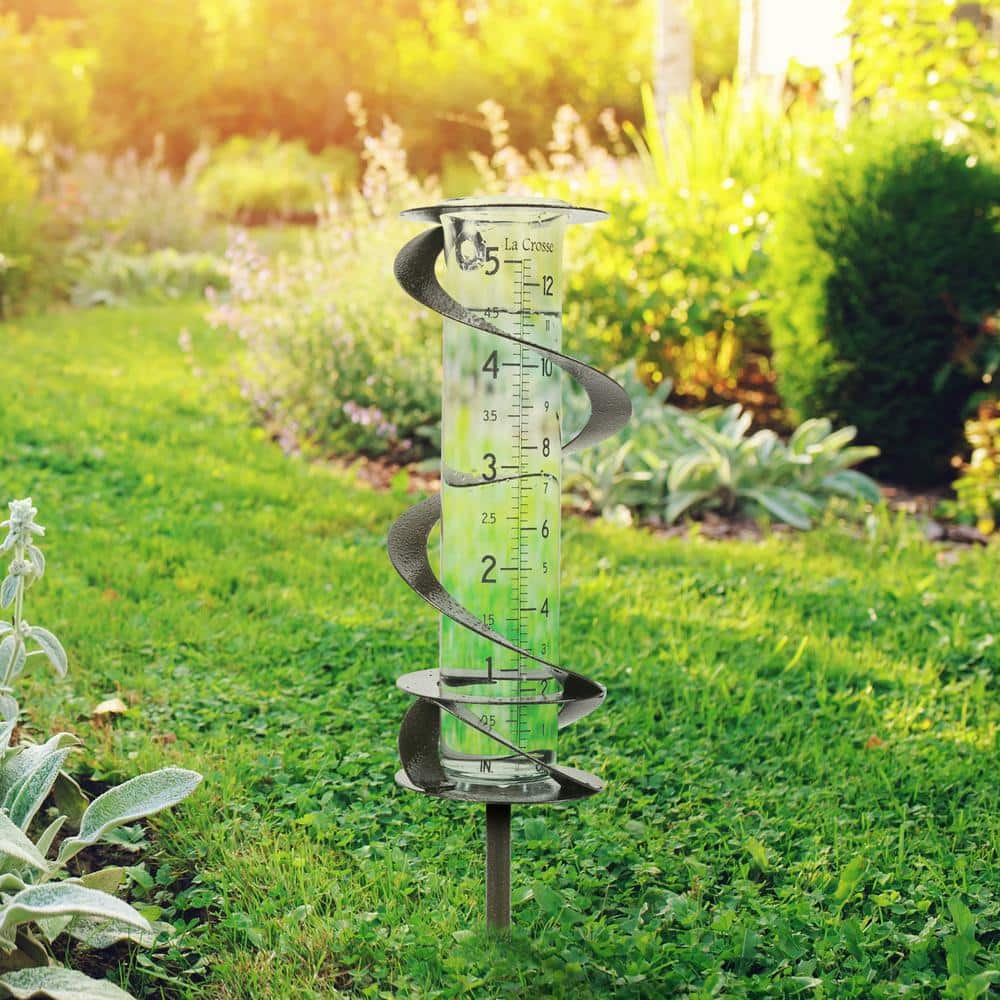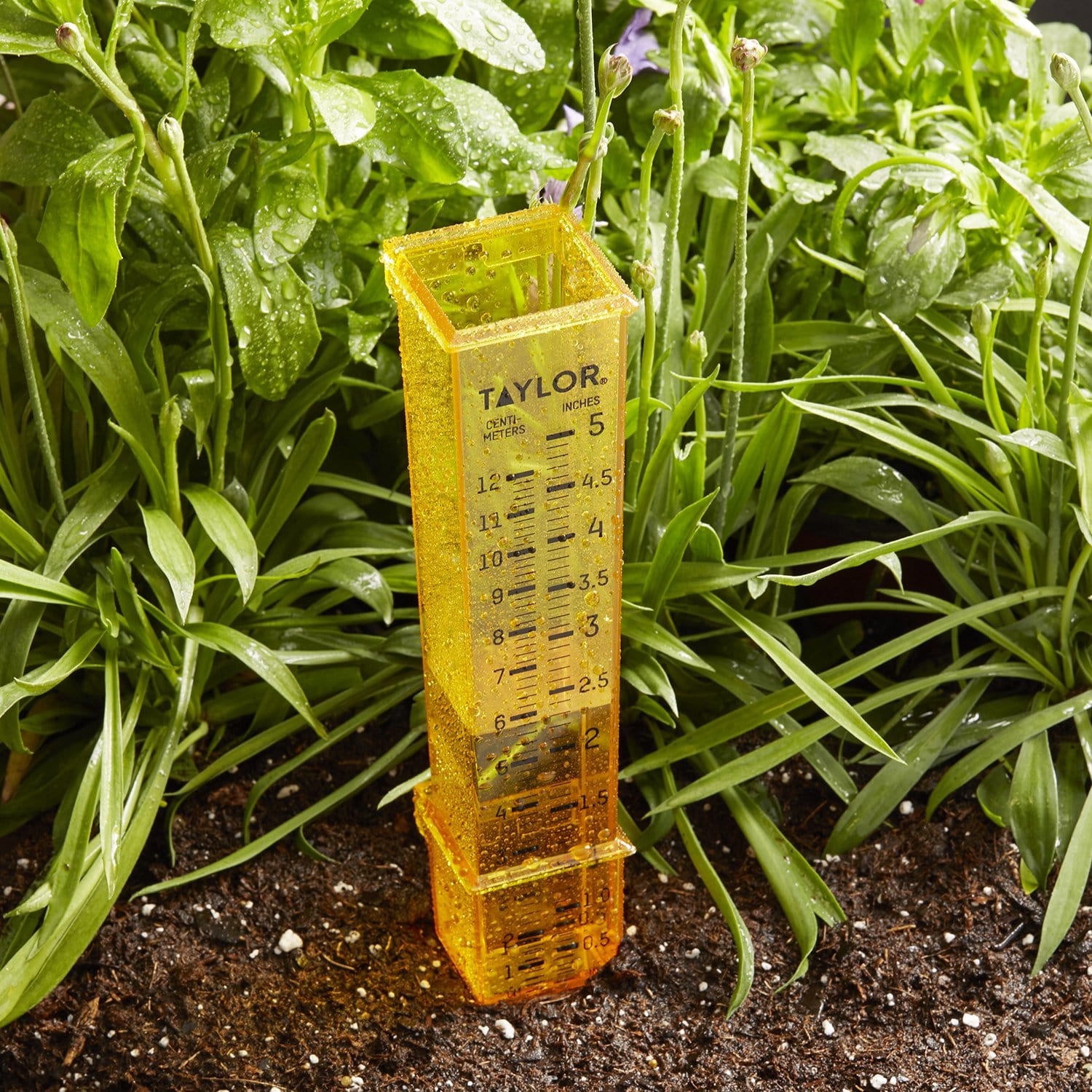Your Go-To Resource on The Rain Gauge: Benefits and Practical Applications
Your Go-To Resource on The Rain Gauge: Benefits and Practical Applications
Blog Article
DIY Rainfall Scale: Easy Steps to Make Your Own
Developing your own DIY rainfall gauge is a efficient and basic means to measure and tape precipitation. With just a few typical materials and some standard steps, you can conveniently build your own rainfall scale at home. Allow's get started on making your Do it yourself rain gauge today!
Gather Materials
To begin building your DIY rain scale, gather all the essential products utilizing a thorough list of things. Having the ideal products on hand will certainly make sure the successful creation of your rainfall scale and permit for accurate measurements of rainfall. Collecting these products ahead of time will simplify the building and construction process and make certain that you have every little thing you require to develop your very own Do it yourself rainfall gauge.
Prepare the Container

Mark the Dimension Increments
To accurately gauge the quantity of rains, properly marking the dimension increments on your DIY rainfall scale is crucial. Without precise and clear markings, it would be hard to establish the exact quantity of rains gathered in your rain gauge. Here are the actions to note the measurement increments on your rainfall scale.
First, pick the device of measurement that you wish to make use of. One of the most common systems for gauging rains are millimeters and inches. Utilize an irreversible marker or water resistant paint to note the increments on the side of your rainfall gauge once you have actually picked the system. For inches, you can mark every quarter inch or every half inch, depending on your choice. For millimeters, you can mark every 10 millimeters or every 20 millimeters.
When marking the increments, it is very important to ensure that they are equally spaced and clearly visible. Use a ruler or determining tape to make sure precision and consistency. Additionally, see to it that the markings are immune to fading or abrading, as direct exposure to the components may create them to deteriorate gradually.
Place the Rain Scale Outdoors
The rain gauge need to be placed outdoors to accurately accumulate rainfall data. The area picked for the rainfall gauge need to be open and cost-free from any kind of obstructions that might potentially affect the dimension of rains. It is necessary to locate a spot that is not blocked by trees, structures, or various other structures that can obstruct the rain from reaching the scale. This will certainly make sure that the collected information is agent of the real rains in the area.
In addition, it is critical to position the rainfall gauge on a stable surface, such as a level ground or a Find Out More strong post. This will certainly stop any type of movement or tilting of the gauge, which could bring about imprecise measurements. It is additionally advisable to stay clear of positioning the scale near any resources of artificial water, such as lawn sprinklers or water drainage systems, as this can conflict with the accuracy of the measurements.
Monitor and Record Rainfall Data
Normal check my site monitoring and recording of rains data is vital for precise information evaluation and analysis. By monitoring rains measurements, you can obtain valuable understandings right into climate patterns, environment fads, and water resource administration. To effectively check and videotape rains data, it is necessary to develop a routine and preserve consistent techniques.
First of all, make sure that your rainfall gauge is positioned in an open location far from barriers such as trees or structures that may obstruct rains. Furthermore, make sure the rainfall scale is degree and firmly anchored to stop any type of activity that can influence the precision of the measurements.

When recording the rainfall information, it is very important to note the date and time of each measurement. Make use of a ruler or a measuring stay with establish the rains deepness in the rain scale, and document this info properly.
To ensure the accuracy of the measurements, it is advised to clear the rain scale after each recording. This will certainly avoid any overflow or evaporation from impacting subsequent measurements.
Final Thought
Finally, creating a DIY rain gauge is a functional and easy way to monitor and videotape rainfall data (The Rain Gauge). By adhering to the steps outlined in this post, you can quickly gather products, prepare the container, note the measurement increments, and put the rainfall scale outdoors. Regularly keeping track of and recording rainfall information can offer beneficial details for various objectives
Having the appropriate materials on hand will ensure the effective development of your rain scale and allow for accurate measurements of rains.To properly measure the quantity of rains, accurately marking the dimension increments on your DIY rain scale is important.The rainfall gauge must be positioned outdoors to precisely gather rainfall information. The place chosen for the rain gauge must be open and free from any obstructions that might potentially influence the measurement of rains.In final thought, producing a DIY rainfall gauge is a sensible and simple Learn More method to keep track of and record rainfall information.
Report this page